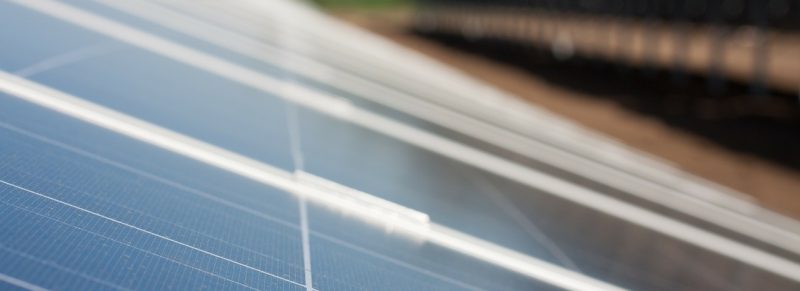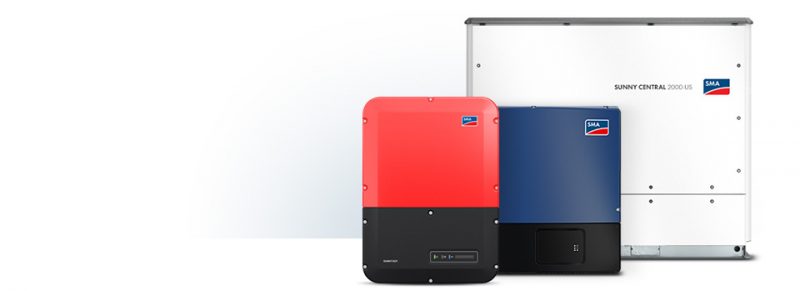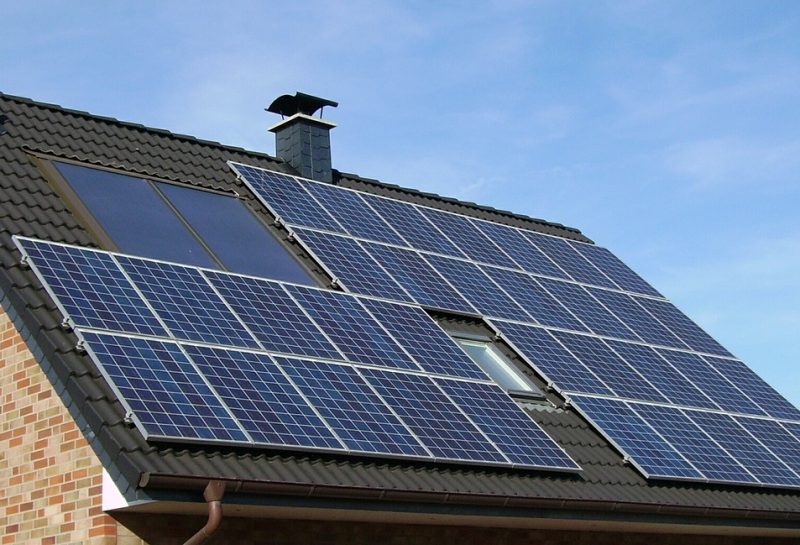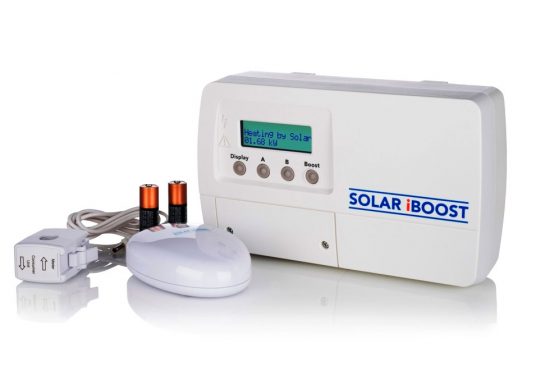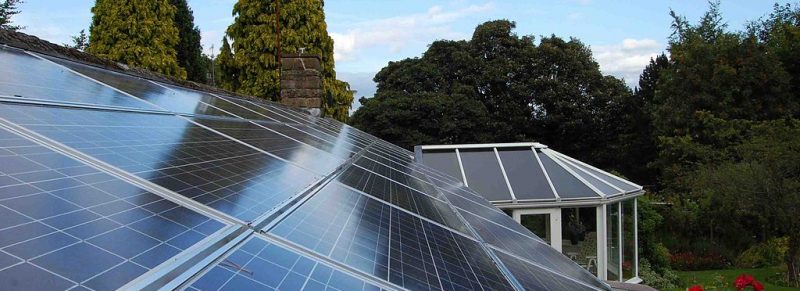Solar Photovoltaic (PV) is a technology that uses the the suns free energy (solar radiation) and converts this energy to electricity by using semiconductors.
When the sun hits these semiconductors within the PV cell electrons are freed and form and an electrical current. PV cells are typically found connected to each other and are mounted on a frame. This frame is known as a module, this can be attached together to form an array of solar
panels. You can scale up or down to produce the amount of power required.

